Engaging European citizens in tackling beach litter
Marine litter is recognised as a growing pressure on coastal and marine environments. It has cross border impacts on wildlife and habitats as well as on human activities and health. It is a societal problem that needs our engagement.
Marine litter is accumulating in our seas and coasts mainly due to current unsustainable consumption patterns and behaviour. It is an increasing threat to the marine environment, to human health and our well-being. European Union Member States are addressing this problem through the Marine Strategy Framework Directive (MSFD). As marine litter is a societal issue, engaging citizens to better understand, prevent and reduce it, is crucial.
At present, there are insufficient data to properly assess the problem of marine litter. Citizens can play a major role in enriching the data and information needed to support marine litter management and prevention. By being actively engaged in data collection activities, citizens and communities may become aware of environmental issues prevailing in their local areas. This awareness is key to help support changes towards sustainable practices and behaviour.
Reflecting on the need to fill data gaps as well as the aims of involving citizens in environmental issues such as marine litter, the European Environment Agency (EEA) has developed the Marine LitterWatch (MLW). This approach combines citizen engagement and modern technology to help tackle the problem of marine litter.
Marine LitterWatch: collecting beach litter data
MLW aims to help fill data gaps on marine litter found on beaches relevant for the MSFD, while involving citizens in its collection and monitoring. In addition, it allows the collection of other types of data from initiatives such as clean-ups. MLW builds on the MSFD monitoring guidelines developed by the Technical Group on Marine Litter, a group of experts established to support the MSFD implementation. MLW depends on three key elements: organised citizen groups (the 'communities'), a mobile application and a database. Surveys on items found on the beach can then be created through MLW. In time, the public data collected by MLW should allow for a better understanding of marine litter distribution and composition, and hopefully support its management.
Empowering citizen communities
MLW aims to enable national and local communities already involved in marine litter tasks, such as NGOs and civil society initiatives, to participate in a European attempt to address marine litter issues. MLW also aims to inspire new communities to emerge. The aim is to empower citizen networks throughout Europe with MLW and help improve the evidence base needed to reach the MSFD main objective of 'Good Environmental Status' of Europe´s seas by 2020.
More information on how to use MLW can be found here.
Marine LitterWatch approach
MLW has been developed by the EEA in collaboration with the Marine Conservation Society, the Institute for Water of the Republic of Slovenia, the North Sea Foundation and the PERSEUS FP7 research project.
MLW is currently available for Android devices. It can be downloaded from the Google Play Store. MLW for iPhone and iPad will be made available in the App Store from April 2014. MLW is free of charge.
For more information, please contact marinelitterwatch@eea.europa.eu
MLW is currently available for Android devices. It can be downloaded from the Google Play Store. MLW for iPhone and iPad will be made available in the App Store from April 2014. MLW is free of charge.
For more information, please contact marinelitterwatch@eea.europa.eu
--------------------------------------------------------
New mobile phone app will help track marine litter
People will soon be able to report the litter they find on the beach, thanks to a new mobile phone app developed by the European Environment Agency (EEA).
Huge amounts of plastic and other debris are increasingly found in the sea, harming marine wildlife and potentially threatening human health. However, the composition, movement and origins of rubbish ending up in our seas and on beaches are still not widely understood.
To help understand this issue, the EEA is launching Marine Litter Watch, which uses modern technology to help tackle the problem of marine litter. Organised groups and members of the public can use the app to upload data on the litter they find on their beach. This data will be used to better understand the problem, and will hopefully help support a policy response as formulated in the European Marine Strategic Framework Directive. The app is currently available for Android devices and will soon be published for iPhone and iPad.
Fonte: European Environmental Agency
----------------------------------------------
Caso queira saber mais sobre o problema do lixo e do lixo flutuante, leia também:
SOBRE O PROBLEMA DO LIXO E SOBRE O LIXO FLUTUANTE
Lixo: marchas e contramarchas de um debate fundamental
Brasil recicla menos de 2% dos resíduos sólidos produzidos
Destinação inadequada de resíduos gera R$ 10 bilhões de desperdício por ano
"As espécies mais perigosas dos oceanos"
El reciclaje, un punto negro en Río de Janeiro
Lobby da poluição: Conar decide suspender publicidade contra sacolas
As promessas ambientais da candidatura Rio 2016 precisam ser cumpridas
SOBRE LIXO FLUTUANTE NA BAÍA DE GUANABARA
Projetos do Governo do Estado que prometem limpar a Baía de Guanabara até a Rio 2016
Ecobarco inicia operação entre os terminais das barcas na Baía de Guanabara
Revoada do Saneamento: praticantes de esportes náuticos protestam por uma Guanabara limpa
Poluição na Baía de Guanabara é um desafio olímpico
Limpeza da baía de Guanabara é alvo de preocupação entre atletas
Projeto avalia condições ambientais das praias de Niterói, Itaipu e Itacoatiara
Poluição da Baía no ‘caminho’ da vela rumo às Olimpíadas
Lixo flutuante: um problema que parece se agravar na Baía de Guanabara
Lixo: a difícil tarefa de reciclar velhos hábitos
AÇÕES DO PROJETO GRAEL SOBRE LIXO FLUTUANTE
Iniciativas do Projeto Grael na prevenção do lixo flutuante da Baía de Guanabara
CONFERÊNCIA LIVRE DO LIXO MARINHO NO PROJETO GRAEL.
Associação Brasileira do Lixo Marinho realiza conferência na sede do Projeto Grael
"Lixo flutuante - de onde vem?". Projeto Grael participa de programação do MAC
Poluição da Baía de Guanabara: entrevista da equipe do Projeto Grael repercute na mídia internacional
Projeto Grael foi objeto de matéria no Bom Dia Brasil, da Globo
Equipe do Projeto Grael visita a Grota do Surucucu
Assista matéria sobre as ações ambientais do Projeto Grael exibida pela Rede Brasil
Lixo flutuante na Baía de Guanabara: vídeo sobre iniciativas ambientais do Projeto Grael
Parceria entre Projeto Grael e Consciência Ecoampla contribui para correta destinação dos resíduos
CONHEÇA O PROGRAMA ENSEADA LIMPA, PARA A DESPOLUIÇÃO DA ENSEADA DE JURUJUBA
ENSEADA LIMPA: Conheça detalhes do Plano de Ação 2014 para a despoluição da Enseada de Jurujuba
ENSEADA DE JURUJUBA LIMPA - despoluição começa a sair do papel
Niterói terá ecobarreiras na orla de São Francisco
Ações do programa Enseada Limpa são apresentadas a comunidades de Jurujuba, Preventório, Charitas e São Francisco
Programa Enseada Limpa entra em nova etapa
Niterói lança programa para despoluir Enseada de Jurujuba
Niterói: Canal de São Francisco leva toneladas de lixo para a Baía de Guanabara
Cena bucólica em meio ao caos urbano










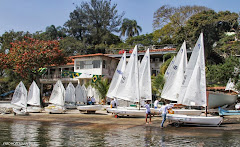



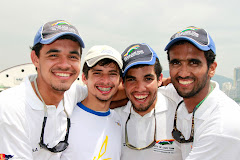

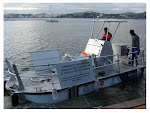
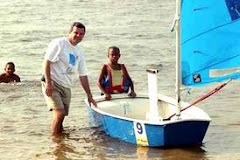
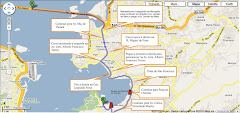
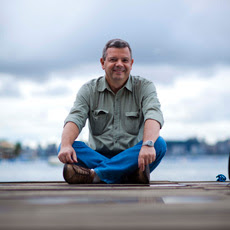

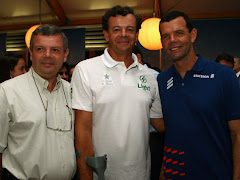



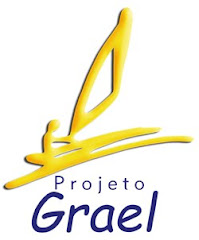
Nenhum comentário:
Postar um comentário
Contribua. Deixe aqui a sua crítica, comentário ou complementação ao conteúdo da mensagem postada no Blog do Axel Grael. Obrigado.